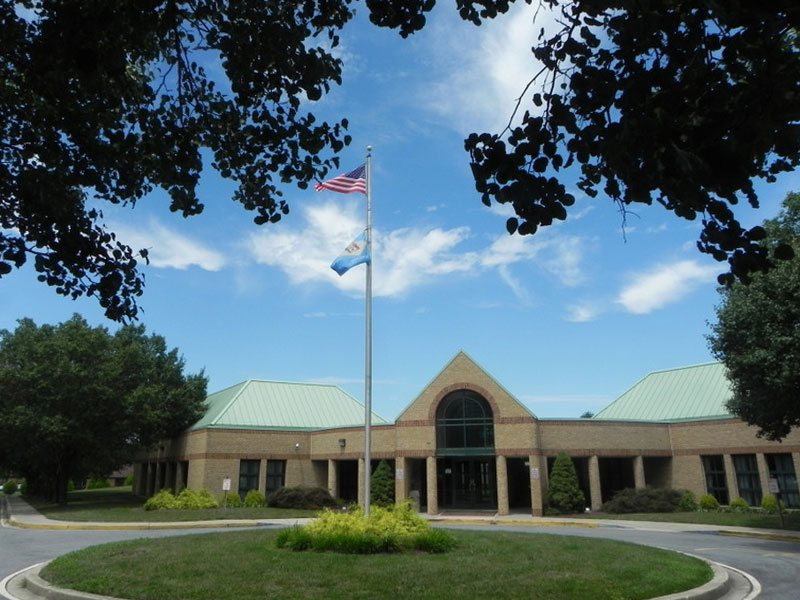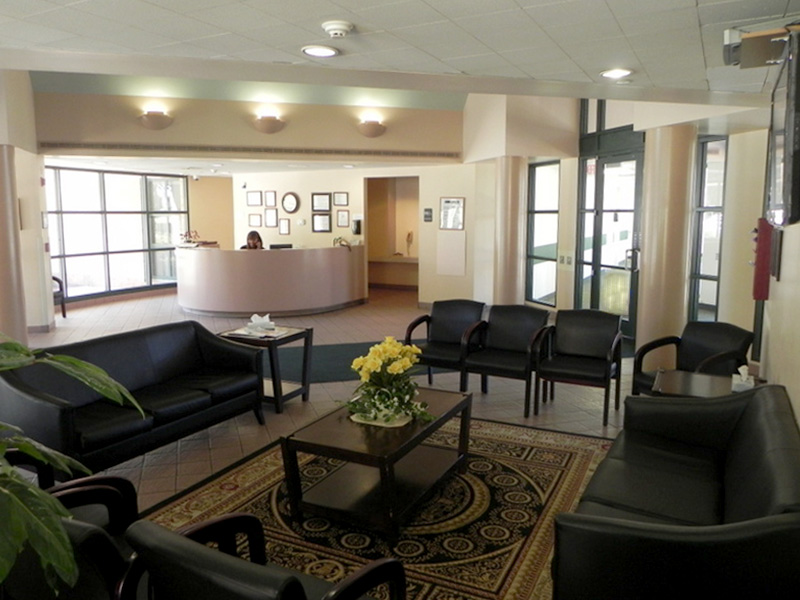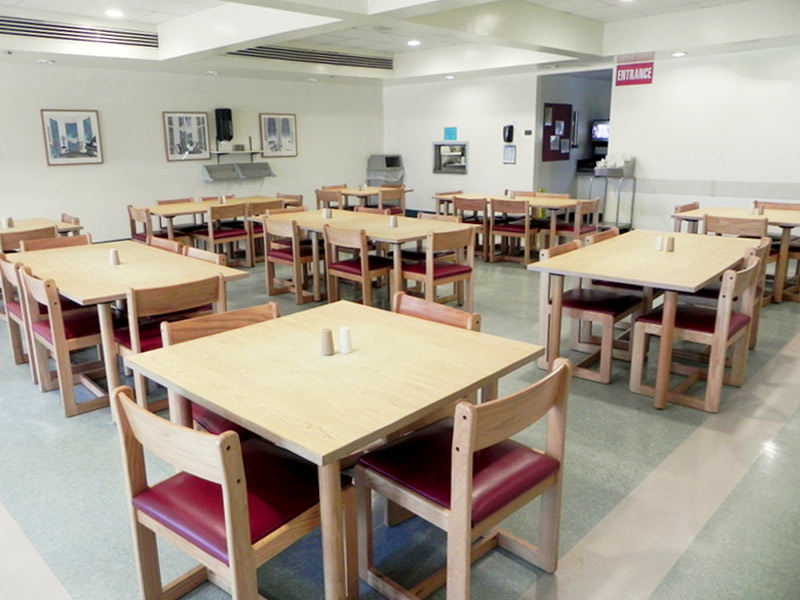Often times the signs of bipolar disorder can be difficult to identify. One of the most important steps in the recovery journey is understanding the signs, symptoms and side effects of bipolar disorder.
Understanding Bipolar Disorder
Learn about bipolar disorder
A severe mental illness that plagues millions of individuals throughout the world, bipolar disorder, formerly known as manic depression, is a mental health condition that causes sufferers to experience drastically extreme changes in mood. While it is human nature for everyone to experience different emotions and different moods, individuals with bipolar disorder experience such dramatic mood disturbances that it begins to cause significant upheaval in all areas of their lives. These people will inevitably struggle to function appropriately on a daily basis, leading to major disruption in their ability to perform at work or school, in their ability to interact socially, and in their ability to fulfill daily obligations or take care of even the most mundane of tasks. The oscillating moods that are characteristic of bipolar disorder can leave sufferers feeling as though they have lost control over their minds; as though they are powerless over their thoughts, behaviors, and actions. It important to know, however, that there are viable treatment options for individuals who are suffering from bipolar disorder and that, with the implementation of appropriate psychotropic medications, as well as other potential therapeutic interventions, the symptoms of this illness can be successfully managed and individuals can live full, productive lives.
A diagnosis of bipolar disorder is classified into one of three types, depending upon the symptoms that a person presents with, as well as the level of severity of those symptoms. The three types of bipolar disorder are briefly described in the following:
Bipolar I is considered to be the most severe type of bipolar disorder with such radical shifts in mood that it greatly hinders an individual’s ability to function and significantly disrupts all aspects of his or her life. People who are suffering from bipolar I will alternate between episodes of mania and episodes of depression, with some individuals experiencing such shifts over long periods of time and others experiencing such fluctuations consistently and much more rapidly, known as rapid cycling.
Bipolar II occurs when individuals experience pervasive episodes of depression, yet have experienced at least one hypomanic episode. The presence of a hypomanic episode are what distinguishes a diagnosis of bipolar disorder from that of depression.
Cyclothymia is considered to be the mildest form of bipolar disorder and, while both depressive and hypomanic episodes are experienced by individuals suffering from this type, they are much less severe than those experienced by people with bipolar I or bipolar II.
Statistics
Bipolar disorder statistics
Estimates have shown that approximately 2.6% of the American population over the age of 18 suffers from bipolar disorder, which is the equivalent of about six million individuals. While symptom onset typically occurs around the age of 25, this mental health condition can affect people of all ages. In regards to children and adolescents, researchers estimate that there is a lifetime prevalence of 0%-3%. However, it has only been within recent years that professionals in the field came to understand that this is an illness that can affect youth, as historically it was only diagnosed in adults over the age of 18. Due to the recent nature of such findings, the true prevalence of bipolar disorder in children is not yet well established.
Causes and Risk Factors
Causes and risk factors for bipolar disorder
There is not any one specific cause that has been identified as directly influencing the onset of bipolar disorder. Instead, researchers and professionals in the field of mental health agree that the development of this condition is the result of a number of factors working together. Consider the following:
Genetic: One’s genetic background is a highly weighted factor in the development of bipolar disorder. Research has proven that when children have a biological parent who has bipolar disorder, they are between 15% and 25% more likely to experience the onset of this mental illness than are those individuals who do not have a similar family history. Additionally, the children of individuals who have bipolar disorder are believed to display symptoms on an average of ten years earlier than when their parents experienced the onset of the condition.
Physical: The development of bipolar disorder is due in large part to the presence of a chemical imbalance in the brain. More specifically, when neurotransmitters (the chemicals that are responsible for sending messages throughout the different parts of the brain) become imbalanced, there is a heightened risk that the onset of symptoms of bipolar disorder will result.
Environmental: When there exists a genetic predisposition for bipolar disorder, there are certain environmental factors that, when they occur, can elicit the onset of symptoms or exacerbate symptoms that are already present. Examples of such environmental factors can include being the victim of abuse, going through major life changes or stressors, or experiencing a severe trauma. Additionally, when individuals abuse drugs and/or alcohol, and possess the genetic predisposition for bipolar disorder, symptom onset can occur earlier or much more rapidly than they would should such substance use not exist.
Risk Factors:
- Family history of mental illness (especially a history of bipolar disorder or depression)
- Personal history of mental illness
- Personal or family history of substance abuse
- Experiencing severe trauma (when a genetic predisposition for the illness is present)
- Being the victim of abuse and/or neglect (when a genetic predisposition for the illness is present)
- Going through major life changes or major life stressors when (when a genetic predisposition for the illness is present)
Signs and Symptoms
Signs and symptoms of bipolar disorder
The signs and symptoms that will be presented by individuals with bipolar disorder will inevitably vary from person to person. Additionally, the symptoms that are displayed by children and adolescents who are suffering from this mental illness tend to be different than those that are displayed in adults. Furthermore, the symptoms of this mental health condition will drastically vary depending on whether an individual is experiencing a manic episode or a depressive episode. Examples of possible signs and symptoms that can be indicative of the presence of bipolar disorder include:
Behavioral symptoms:
- Restlessness / fidgeting
- Frequently absent from work
- School refusal
- Jumping from topic to topic when in conversation with others
- Talking to oneself
- Responding to external stimuli that others cannot see/hear
- Engaging in high-risk behaviors
- Acting impulsively
- Starting multiple tasks but failing to complete any of them
- Engaging in self-harming behaviors
- Acting out in an aggressive nature
- Behaving in an instigative manner
- Hypersexuality
Physical symptoms:
- Insomnia or hypersomnia
- Vocal and/or motor tics
- Fluctuations in bodily temperature
- Teeth grinding
- Exaggerated states of arousal
- Exaggerated startle response
- Weight gain or weight loss
- Changes in eating patterns
- Lack of energy or heightened levels of energy
Cognitive symptoms:
- Poor working memory
- Flight of ideas
- Hallucinations (most commonly in visual form)
- Delusions
- Becoming easily distracted / lacking the ability to focus
- Racing thoughts
- Paranoia
- Night terrors
Psychosocial symptoms:
- Consistently oscillating moods
- False and problematic sense of grandiosity
- Exaggerated feelings of elation
- Alternating between an inflated self-esteem and drastically low self-esteem
- Extreme anxiety
- Excessive and prolonged periods of emotional excitability
- Excessive irritability
- Excessive agitation
- Rage
- Overwhelming depression
- Suicidal ideation
Effects
Effects of bipolar disorder
When the symptoms of bipolar disorder remain untreated, there is an extremely high risk for individuals to suffer from any number of long-term negative effects. Examples of such effects may include the following:
- Adolescents may struggle to perform adequately in school, resulting in academic failure
- Adults may experience an inability to perform at an expected level occupationally, which may result in job loss
- Difficulty obtaining employment
- For adolescents, severe behavioral problems at school may result in suspension or expulsion
- The presence of self-harming behaviors can result in adverse effects to an individual’s physical health, as well as a deterioration of emotional health
- Abuse of drugs and/or alcohol, resulting in addiction or dependence
- Social isolation / disturbed or problematic social interactions
- Failure to develop and/or maintain healthy interpersonal relationships
- Criminal involvement
- Incarceration
- Onset of symptoms of other mental health conditions
- Suicidal thoughts and behaviors
Co-Occurring Disorders
Bipolar disorder and co-occurring disorders
Individuals who suffer from bipolar disorder often display symptoms of other mental health conditions as well. While some symptoms may overlap or mirror those synonymous with bipolar disorder, the presence of co-occurring disorders is frequently diagnosed. Examples of mental illnesses that are commonly cited as existing alongside bipolar disorder include:
- Generalized anxiety disorder
- Panic disorder
- Obsessive-compulsive disorder (OCD)
- Social anxiety disorder
- Specific phobias
- Conduct disorder
- Oppositional defiant disorder (ODD)
- Attention-deficit/hyperactivity disorder (ADHD)
- Post-traumatic stress disorder (PTSD)
- Eating disorders
- Substance use disorders




